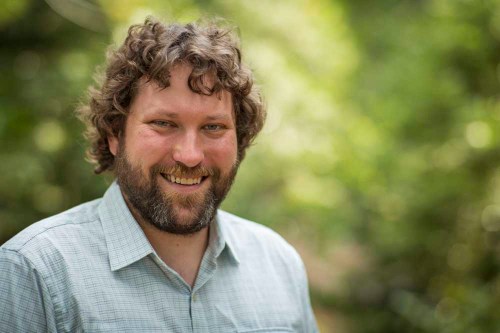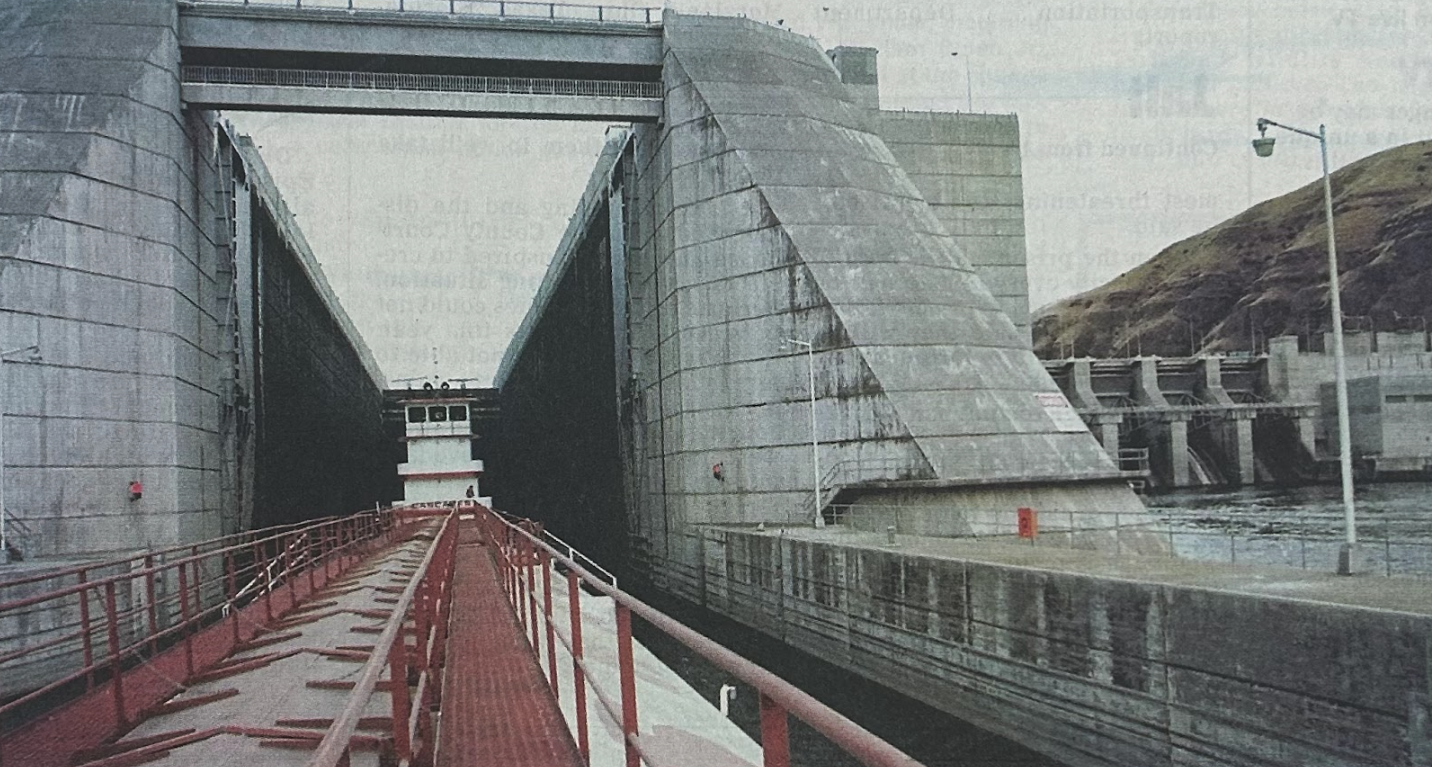Other views: We need to do better in our approach to fires
Published 6:00 am Saturday, June 26, 2021
Fresh off the Labor Day fires, and in the midst of a drought, I imagine many of us shared a feeling of dread when we heard of early June wildfires. Thanks to breathless reporting, west siders were fearful of coming to a “disaster area.” With very real impacts to our local economy, some began cancelling planned visits. After taking a few deep breaths of cool, clean mountain air, I began to process things a little more calmly.
The Joseph and Dry Creek fires burned in a fire-dependent landscape miles from the nearest paved road. It’s part of a landscape that we are spending millions of dollars to “restore.” There is consensus that a primary cause of that restoration need is previous logging and a fire deficit. That is to say, most serious experts agree we need more fire and less fire suppression.
Fire addresses the root causes — rather than just the symptoms — of decades of mismanagement. With rain on the way, these fires could have done even more restoration work. For free.
They could have improved more wildlife habitat, created more snags, renewed more systems, and left more money for real emergencies. Where these fires were allowed to burn, they increased the heterogeneity of the landscape and will affect how future fires burn. This is the antidote to a century of fire suppressions and makes forests more resilient to future fire and drought.
Like most wildfires, much of the fire footprint was in fire-evolved grasslands. Not surprisingly though, it led to reflexive calls for more “management” (aka logging) of our forests. It may not be what some want to hear, but in an age of undeniable climate change, we need more fire, not more logging.
Scientists around the world, and here at Oregon State University, have demonstrated that logged forests emit 10 times more carbon than wildfire, beetles, and other natural disturbances that we futilely try to suppress with chainsaw restoration. Only about 3% of a tree’s carbon is burned in a fire. Meanwhile, logging is Oregon’s number one emitter of carbon.
Ecological and economic concerns aside, we likely shared another immediate thought — “I hope everyone stays safe.”
In a press release, our own Oregon Department of Forestry administrator Matt Howard told the media “this is probably one of the most difficult places to fight fire in Oregon.” In addition to spending huge amounts of money, the decision to fight fire risks lives. The best way to keep those brave folks safe is to keep them out of harm’s way. I know many wildland firefighters who resent being sent out to these sorts of fires.
In the end — and as is usually the case — weather ultimately stopped the fire.
Make no mistake, some fires are dangerous, destructive and should be fought. Drought, a fire deficit and manmade climate change are all realities. But fighting fire is a choice, and we need to start making better ones.
Uncommon bedfellows celebrated the Forest Service’s decision to let the Granite Gulch Fire burn in 2019. That breakthrough won’t mean much if it’s just a one-off.
So, other than throwing out piles of money and risking lives to put out fires, what other choices do we have?
For starters, we can reduce the risk of inevitable wildfires by better managing new development and improving the fire resistance of existing homes and structures. We should thin small trees starting in the structure-ignition zone and work our way out from there. We should retain large and old trees across the landscape. And we must let some fires burn.
The last part of that requires fire-use planning — something that many are still reluctant to contemplate, even as they are eager to encourage spending millions of taxpayer dollars to create expensive, destructive, and counterproductive plans that only double down on past mistakes.
A fire deficit coupled with past logging of large trees, manmade climate change, overgrazing and increasing development means we do have a problem. But it’s not one we can solve with more logging, grazing, climate denial and fire suppression.
We really do know better. Now we just need to start doing better.
Do you have a point you’d like to make or an issue you feel strongly about? Submit a letter to the editor or a guest column.










